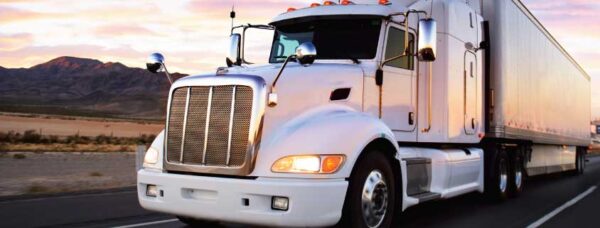The clock has started ticking.
On December 16, 2015, the Federal Motor Carrier Safety Administration (FMCSA) published the official Electronic Logging Device (ELD) mandate, enforcing the adoption of ELDs by all truck drivers before December 18, 2017. Not only did the FMSCA publish this rule by Congressional mandate, but they also believe that this rule will eliminate 1,844 crashes, prevent 562 injuries and save 26 lives.
What does an ELD do?
An ELD tracks the hours a trucker is on the road and location of the truck and will replace the paper logs that truckers have been required to keep. The device can’t allow any deletion of driving time and must be tamperproof. This allows the FMCSA to use electronic data to track compliance for HOS rules. Drivers will still need to keep supporting documents to verify HOS compliance (bills of lading, dispatch and trip reports, mobile communications, etc).
Who Does and Doesn’t Need an ELD?
Drivers who fill out paper logs will be required to abide by the ELD mandate. However, this rule doesn’t apply to some drivers. Drivers that are exceptions to the rule are:
Timecard or “shorthaul” drivers
Drivers in the driveaway-towaway business
Drivers that drive a vehicle manufactured before model year 2000
Why does the model year matter? Before 2000, commercial vehicles have different aspects to their engine control monitors that wouldn’t allow the ELD to capture the information it needs.
Grandfathering of the ELD Mandate
As with any rule, there are exceptions. Because there is equipment similar to ELDs already in use by many carriers, the FMCSA has allowed a “grandfathering” of some equipment. If they follow the standards put in place for Automatic On-Board Recording Devices, then they can be used until December 2019. Such equipment can also be modified to meet the ELD specifications to be used after December 2019.
Two Sides of the Fence
Industry experts can agree that December 16th was a historic day in the transportation industry. However, major industry leaders have different feelings about the mandate. A day after the FMSCA made the final ruling on ELDs, the Owner-Operator Independent Drivers Association (OOIDA) sued the FMCSA.
OOIDA also has some issues with the privacy of the mandate. In a recent Transport Topic article, OOIDA President, Jim Johnson says, “This regulation is absolutely the most outrageous intrusion into the rights of professional truckers imaginable and will do nothing at all to improve highway safety. In fact, we firmly believe it will do exactly the opposite by placing even more pressure and stress on drivers than they already deal with.”
While OOIDA strongly opposes the FMCSA’s decision, the American Trucking Association (ATA) believes this ruling will make a positive impact on the trucking industry. According to a recent article published by the CCJ (Commercial Carrier Journal), this mandate has been a priority of the ATA for about 5 years now.
Other transportation groups have differing feelings surrounding the mandate. Regardless of outlooks, currently the ELD mandate is still in place.
So What’s Next?
Carriers should start the process of finding the right ELD for their business. Manufacturers of the equipment will be required to have it tested and certified with the FMCSA to verify it meets the mandate’s standards. It will keep a public registry of approved devices for carriers to reference, starting on February 16. Before choosing an ELD system, ask the provider the following questions:
How was the certification earned?
Was testing involved? If so, what tests were done?
What state rules were considered in manufacturing?
Due diligence is especially important when choosing your ELD, because if an ELD receives decertification you will need to find a new ELD, which requires more time and money.
Many carriers have been using fleet management software or equipment that functions similar to an ELD for some time, and many should be able to continue using them under the new ruling.
For up to date information on the trucking industry, follow us on Facebook.
